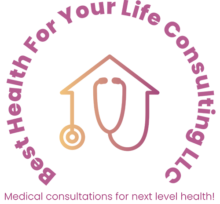Almost everyone knows someone who’s had a stroke. Each year, about 795,000 people in the United States have strokes, and of these incidents, 137,000 of the people die. About 610,000 of these cases are first strokes, and 185,000 people who survive a stroke will have another stroke within 5 years.
Stroke happens when a part of your brain is starved of oxygen because a blood vessel is
blocked by a thrombus (blood clot, see illustration), or ruptures. Some common symptoms
of stroke include: numbness (changed sensation) or weakness of the face, arm, or leg,
especially on one side of the body; trouble seeing in one or both eyes, trouble walking
because of weakness or being off balance, severe headache without a known cause,
slurred speech or not understanding what is said to you, or confusion that comes on
suddenly.
If you have any of these symptoms, you must call 911 immediately. This is
because there is a treatment that may help your stroke. The medication dissolves blood clots. It can only be given in the first three to four hours after the stroke begins. Unfortunately, too many people wait for too long to go to the emergency room, or don’t even go. With the medication, the stroke can be kept from worsening.
So, what can you do to avoid a stroke in the first place?
Unchangeable risk factors for stroke include age and being male. Unfortunately, you can’t do anything about those factors. However, there are some things that you CAN change. People who have high blood pressure, diabetes, high cholesterol, heart disease, or who smoke any tobacco product are also at very high risk for stroke, as much as three times the risk of someone who has none of those things. All those conditions, including smoking, can be medically treated. By treating these, you can reduce your risk of stroke.
